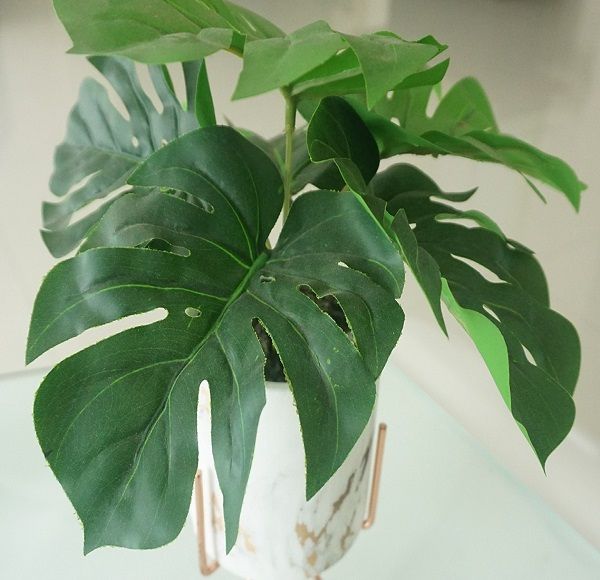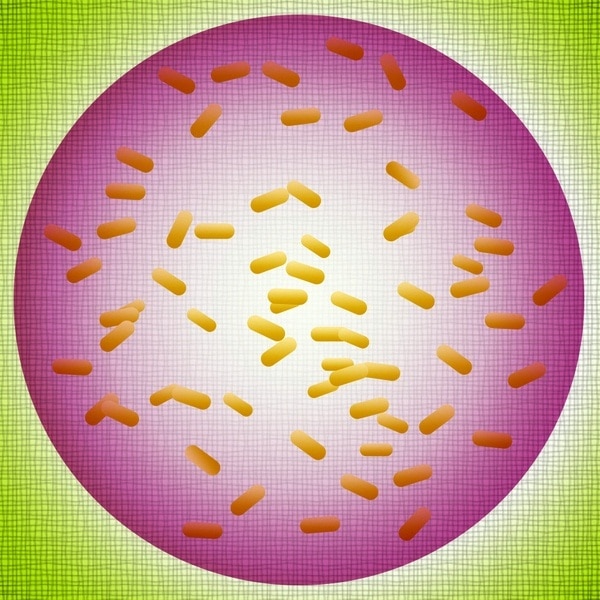An international team of researchers has invented small, leaf-shaped devices that generate electricity from both the wind and falling rain – and incorporated them into artificial plants.
More and more green electricity is being generated from nature: from solar panels, wind turbines and all sorts of hydropower turbines. Each method typically relies on a single source, making it only effective when that source is available – this intermittency is one of the most pressing challenges in transitioning to zero-carbon energy sources.
Multi-source energy harvesters have been emerging as a means of generating electricity from multiple renewable sources within a single device (from heat and vibrations, for example).
Professor Ravinder Dahiya of at Northeastern University in Boston, US, and his team set out to create a multi-source energy harvester that could generate electricity from wind and water.
They built two different types of energy collectors: a triboelectric nanogenerator (TENG) to capture kinetic energy from the wind, and a droplet-based energy generator (DEG) to use the energy of falling raindrops.
The TENG’s layer of nylon nanofibres is sandwiched between layers of Teflon and copper electrodes – when the layers were pressed together, static charges were generated and converted into a current.
A conductive fabric covered the DEG to act as an additional electrode layer. As raindrops struck the surface, it caused an imbalance in charges, generating a small current and large voltage.
The TENG can produce 252V and the DEG 113V, although only for short periods of time.
The team mounted the DEG on top of the TENG and turned the harvesters into a leaf-shaped device. They incorporated this into an artificial houseplant. When the generators were exposed to conditions that mimic natural wind and rain, they powered 10 LEDs in short flickers.
This proof-of-concept ‘power plant’ could be further developed into larger systems or networks of similar devices to produce clean energy from the weather. Small multi-source energy harvesters like this prototype could eventually be useful for driving the many low-power devices populating the world today. “Distributed, clean, and sustainable energy solutions are needed to power sensor networks in applications such as the Internet of Things, digital agriculture, forests, smart homes, etc,” the researchers wrote.
Source: E&T










